Kampot Pepper, A Legendary Spice
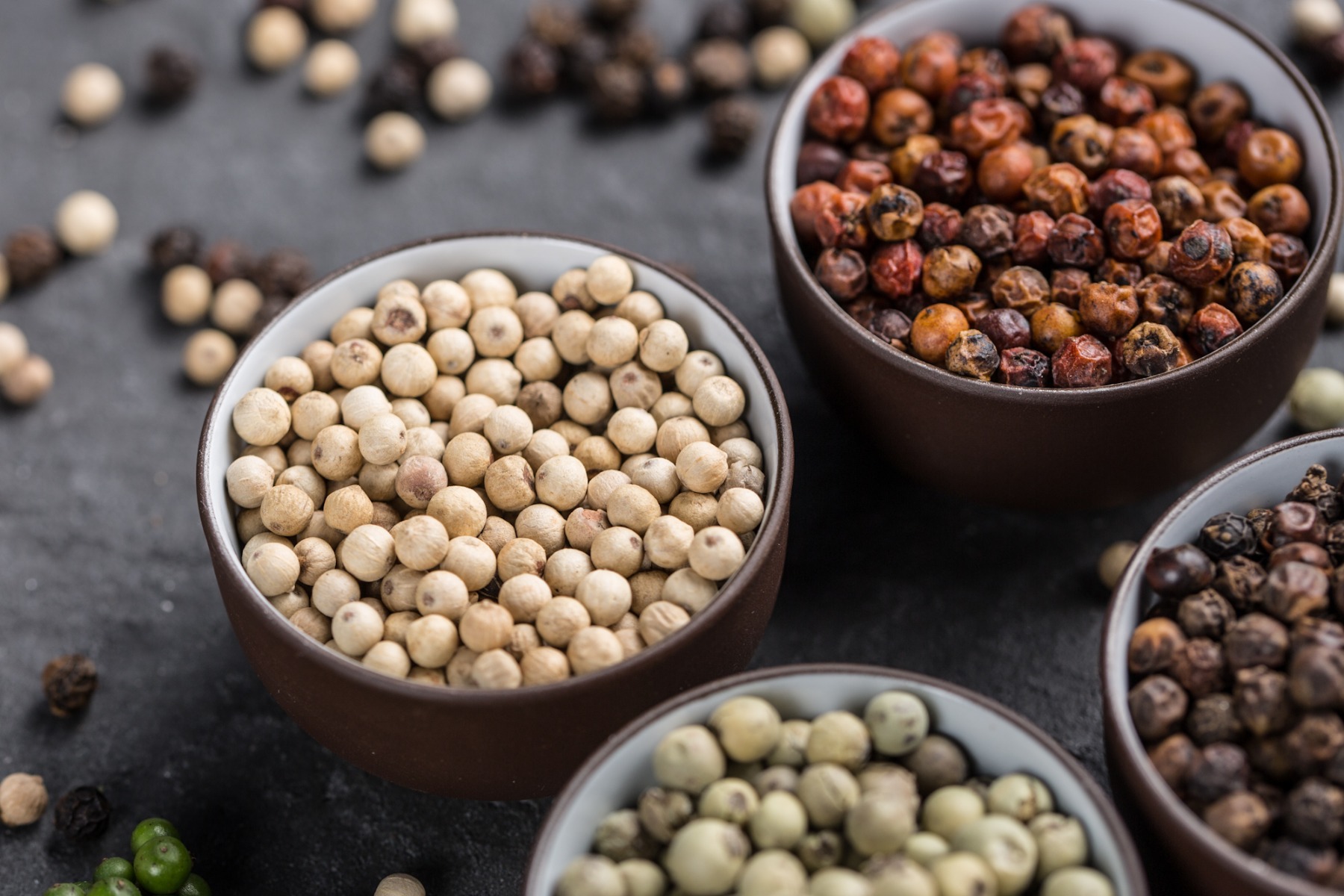
A History Rooted in Cambodian Traditions
The history of Kampot pepper dates back to the Angkor Kingdom in the 13th century. The first mentions of this precious spice were made in the travel accounts of Chinese explorer Zhou Daguan. However, it was during the French colonial period that Kampot pepper gained international fame, becoming a prized commodity for the top chefs and gastronomes of the time.
Unfortunately, in the 1970s, under the Khmer Rouge regime, production of this iconic pepper was almost completely destroyed, replaced by rice cultivation. It wasn’t until thirty years later that a few farming families, dedicated to this tradition, revived the cultivation of Kampot pepper, now protected by a PGI (Protected Geographical Indication).

"The Best Pepper in the World"
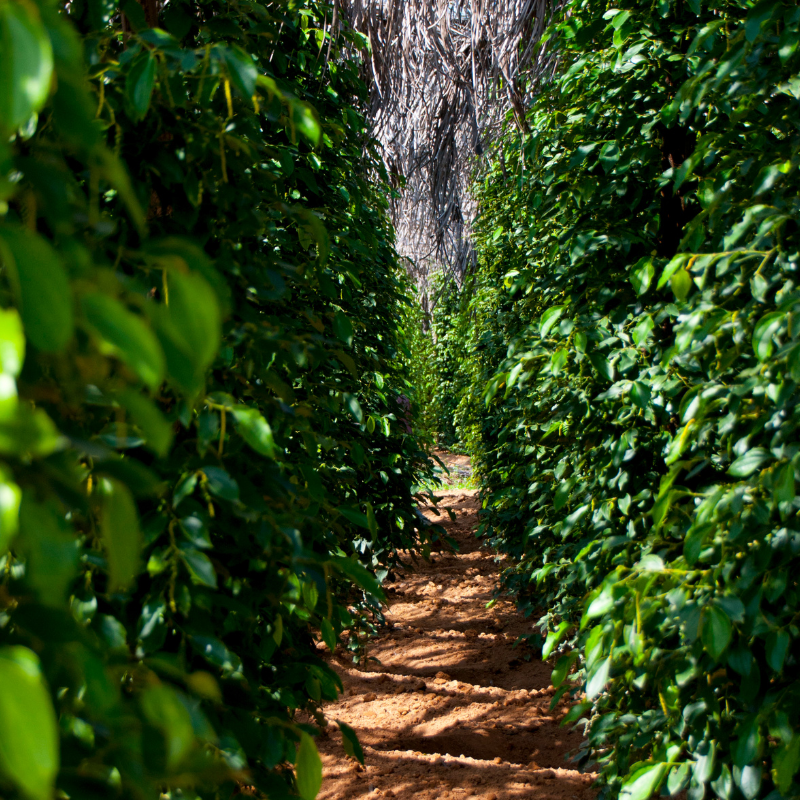
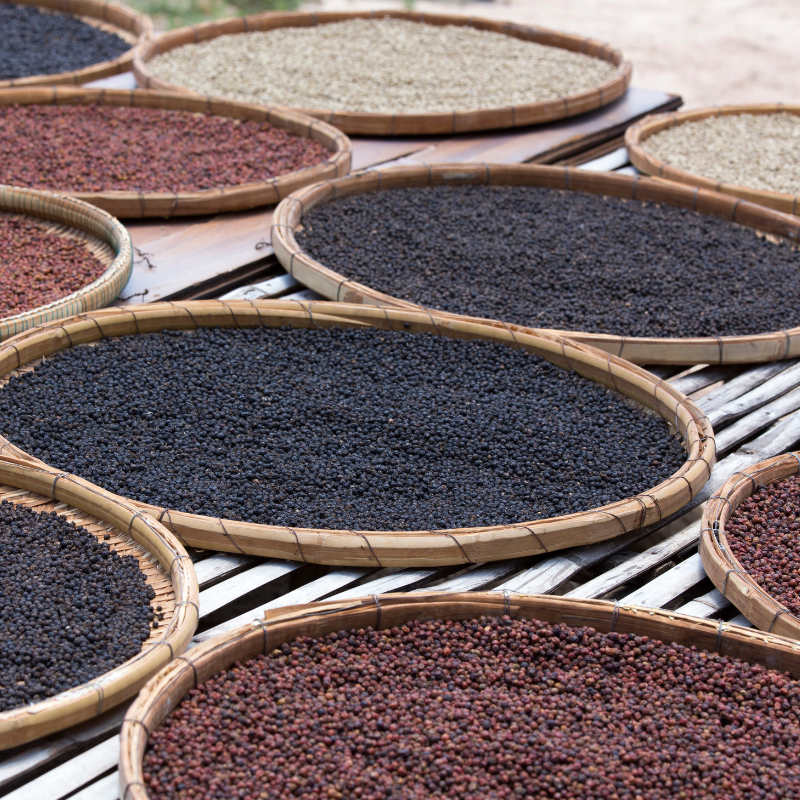
The unique terroir of the Kampot region, with its tropical climate and rich quartz and mineral soils, gives the pepper exceptional aromatic qualities. Hand-harvested and dried using traditional methods, each peppercorn is the result of skills passed down from generation to generation. In 2009, Kampot pepper became the first Cambodian product to receive a PGI, with the support of French producers of Espelette pepper. This initiative helped increase local farmers' income tenfold, showcasing international solidarity between producers. In 2016, it also earned the European PDO (Protected Designation of Origin) label, strengthening the fight against counterfeits and facilitating its export at better prices, particularly to the European Union, the United States, and Japan.
 How is it Cultivated?
How is it Cultivated?
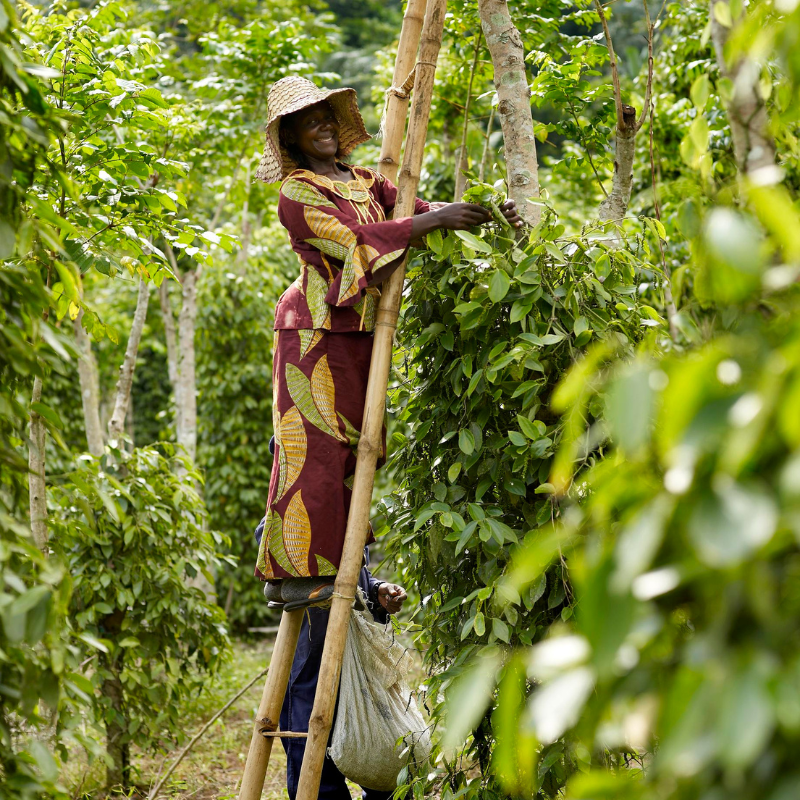
Kampot pepper is organically grown, following strict guidelines. Planted at the foot of the hills in the region, in laterite or clay-limestone soils, it benefits from a unique climate, between sea and mountains, ideal for the development of its aromas. Pepper plants are paired and supported by wooden stakes in a protected natural environment.
The harvest is an entirely manual process, carried out between February and May. The pepper berries are picked at different stages of maturity, cleaned, sorted, and carefully dried. This meticulous work preserves the aromatic richness of each grain.
The organic farming methods and absence of chemicals not only enhance the quality of the pepper but also respect the environment.

Our Kampot PGI Peppers
The Pepper Harvest
-
Green Pepper is harvested before the berries reach full maturity. The grains are then used fresh or preserved in brine to maintain their unique flavor.
-
Black Pepper comes from almost-ripe berries, picked when they start to slightly yellow. After harvesting, they are sun-dried, triggering natural micro-fermentation.
-
Red Pepper is the rarest, harvested at full maturity when the berries have turned red. This pepper is carefully dried to preserve its characteristics.
-
White Pepper is obtained by removing the red berries' outer layer after soaking them in water, revealing the core of the grain.
Aromatic Notes
-
Green Pepper features fresh and vegetal notes, with herbal aromas reminiscent of leaves and young shoots.
-
Black Pepper is known for its powerful and complex aromas. Its main notes are spicy, with pronounced warmth, and hints of ripe fruits, citrus, and sometimes even cocoa.
-
Red Pepper charms with its delicate and sweet aromas, with nuances of red fruits, candied citrus, and sometimes slightly caramelized touches.
-
White Pepper, less spicy than the other varieties, offers a more subtle aromatic palette, with floral notes, slightly musky and fermented.
How to Cook with Kampot Pepper?
To fully enjoy the aromas of Kampot pepper, it is best to grind it at the last moment, just before serving your dishes. Prolonged cooking risks diminishing its delicate flavors. You can also infuse the grains in olive oil to create a flavorful seasoning.
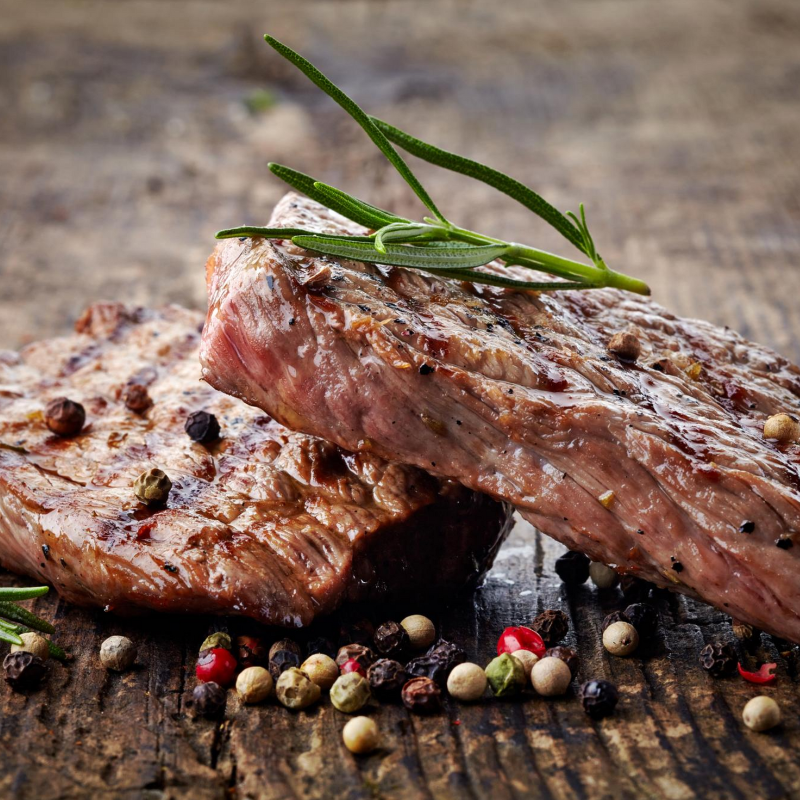

 Français
Français 
